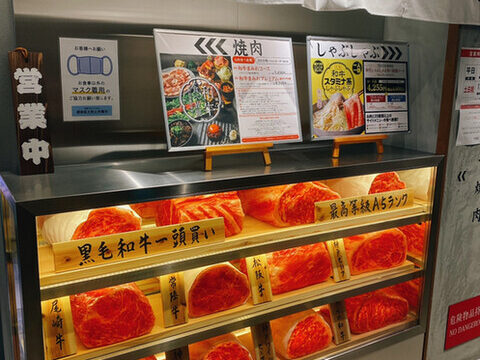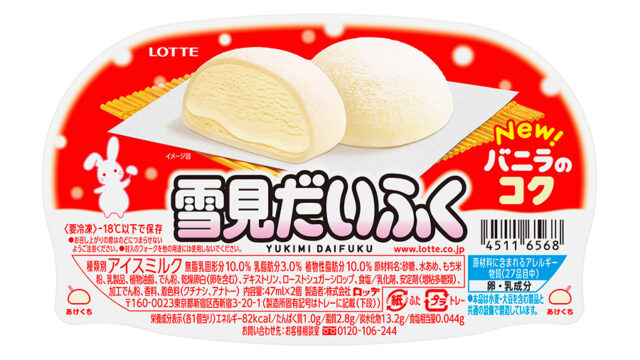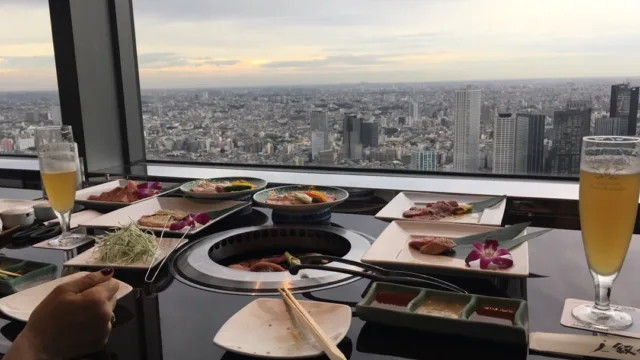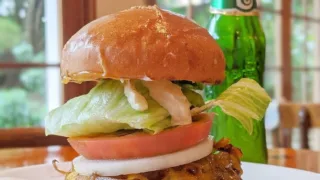
Osaka’s specialty is okonomiyaki, but Tokyo’s is monjayaki. Today, I will introduce you to monjayaki.
Monjayaki

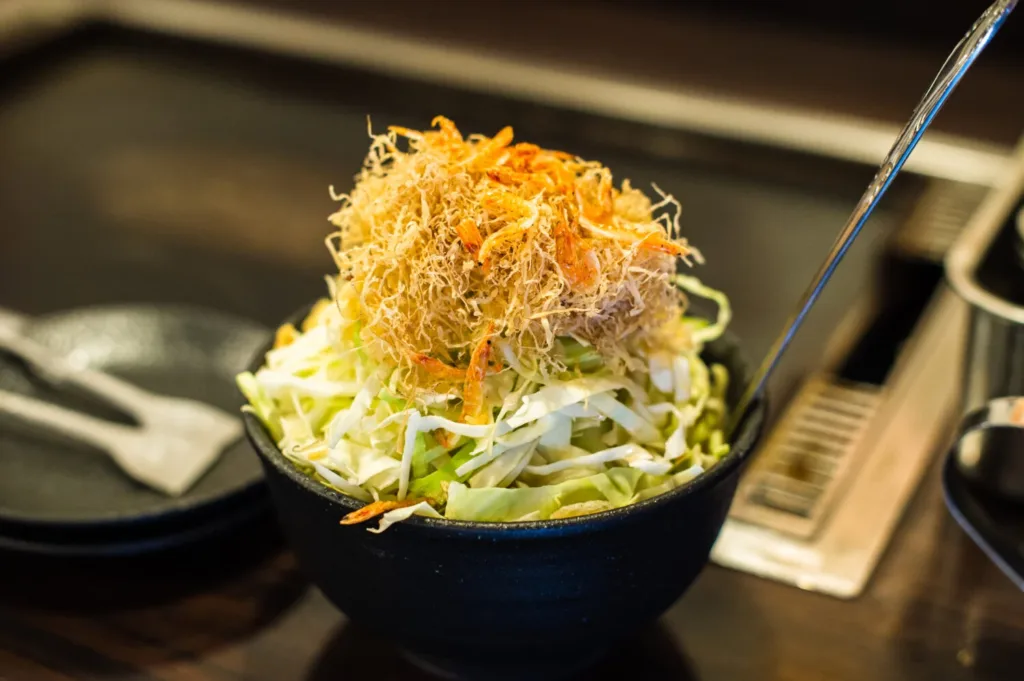
History and Origin
Monjayaki is believed to have originated in the Tsukishima area of Tokyo. It was initially a snack for children in the Edo period (1603-1868). The dish evolved over time, becoming popular in the mid-20th century as a savory treat for all ages.
Detailed Ingredients
- Batter
- Flour: 1 cup of all-purpose flour.
- Water: 2-3 cups, depending on the desired consistency.
- Dashi: 1 cup (can be homemade or instant dashi granules dissolved in water).
- Sauce: Sometimes a little Worcestershire sauce is added for extra flavor.
- Fillings
- Vegetables: Finely chopped cabbage, green onions, and any other vegetables you like.
- Seafood: Small shrimp, squid, or octopus, cut into bite-sized pieces.
- Meat: Thinly sliced pork or beef.
- Others: Cheese, mochi (rice cake), corn, or anything you enjoy.
Preparation and Cooking
- Preparing the Batter
- Mix the flour, water, and dashi together until you have a smooth, runny batter.
- Preparing the Fillings
- Finely chop or grate the vegetables.
- Cut the seafood and meat into small, manageable pieces.
- Cooking Process
- Heat the Griddle: Preheat a flat griddle or hot plate to medium-high heat.
- Cook the Fillings: Add a bit of oil to the griddle and cook the fillings until they are partially cooked.
- Form a Ring: Move the fillings to form a ring on the griddle, leaving the center empty.
- Pour the Batter: Pour the batter into the center of the ring and mix everything together, then spread it out thinly across the griddle.
- Flatten and Cook: Use spatulas to spread and flatten the mixture, allowing it to cook until the bottom is crispy and the top remains gooey.
- Serving: Monjayaki is traditionally eaten directly off the griddle using small metal spatulas called “hera.” Diners scrape up bits of the cooked mixture and eat them hot.
Variations
- Modern Toppings: Some modern variations include adding spicy cod roe (mentaiko), kimchi, or even noodles to the mix.
- Sauces: While the batter itself is flavorful, some people like to drizzle additional sauces like okonomiyaki sauce, mayonnaise, or soy sauce on top before eating.
Eating Experience
- Interactive: Cooking and eating monjayaki is a social activity. It’s common for diners to gather around a hot plate, cooking, chatting, and enjoying the meal together.
- Gooey and Crispy: The contrast between the crispy bottom and the gooey top creates a delightful texture.
- Flavorful: The dashi in the batter gives monjayaki a rich umami flavor, and the various fillings add layers of taste and texture.
Cultural Significance
Monjayaki holds a special place in Japanese street food culture, particularly in the Tsukishima area of Tokyo, which is famous for its many monjayaki restaurants. It’s a dish that brings people together, offering a communal cooking and dining experience.
Monjayaki Town, Tsukishima, Tokyo
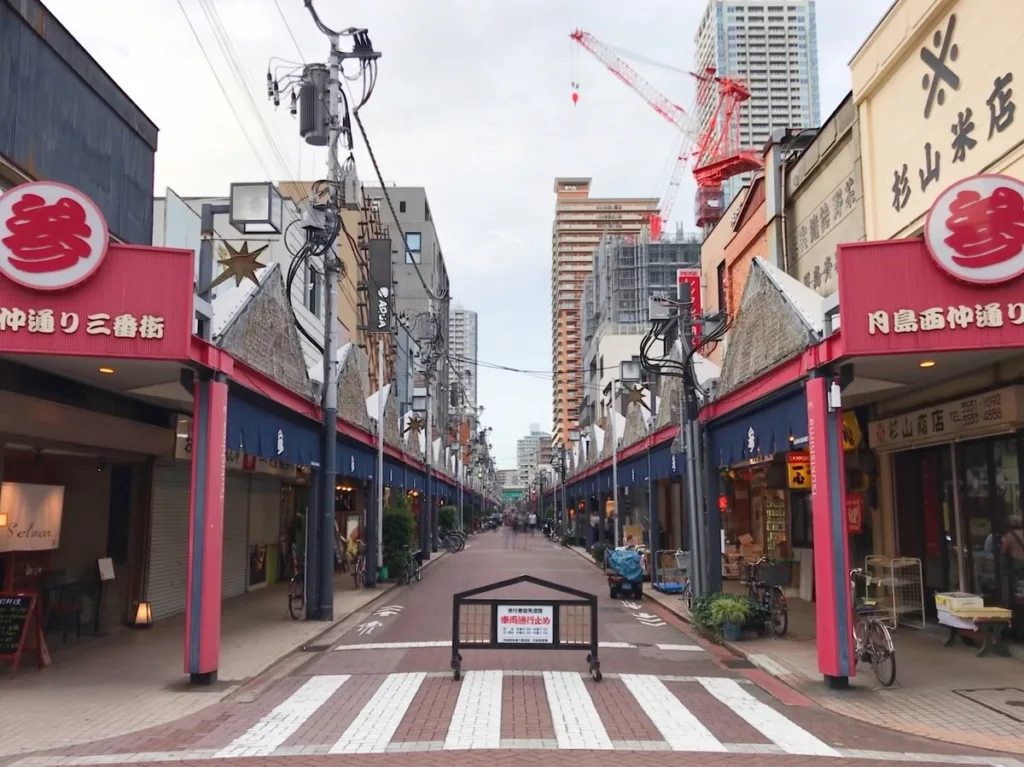
Historical Significance
- Origins: Monjayaki is believed to have originated in the early 20th century in Tokyo. Tsukishima, with its vibrant local culture, quickly became a hub for this unique dish.
- Post-War Popularity: After World War II, monjayaki gained popularity as a cheap and filling meal. Tsukishima’s numerous monjayaki eateries played a significant role in its rise, making it a staple of Tokyo’s street food scene.
Culinary Tradition
- Traditional Preparation: Monjayaki is known for its distinctive cooking method. The batter, made of flour, water, and various ingredients, is cooked on a hot iron griddle. The result is a slightly crispy, savory pancake-like dish with a gooey texture.
- Ingredients: Common ingredients include seafood (like squid, shrimp, and octopus), vegetables (such as cabbage and corn), and various meats. Each restaurant in Tsukishima offers its own unique combination, sometimes including cheese, mochi, or other unconventional items.
Variety of Restaurants
- Monja Street (Monja-dori): Tsukishima’s famous Monja Street is lined with over 70 restaurants specializing in monjayaki. This concentration allows for a diverse range of flavors and styles, attracting food lovers to explore different variations.
- Specialization: Each restaurant often has its own specialty, such as unique toppings or secret recipes, creating a rich and diverse monjayaki culture within the area.
Cultural and Social Experience
- Interactive Dining: One of the key attractions of monjayaki is the interactive cooking experience. Diners often cook the dish themselves on a griddle embedded in the table. This hands-on approach makes dining more engaging and social.
- Dining Atmosphere: The atmosphere in Tsukishima’s monjayaki restaurants is typically lively and casual, encouraging social interaction and a sense of community among diners.
Tourist Attraction
- Local and International Appeal: Monjayaki in Tsukishima has become a must-try for both locals and tourists. Its reputation has spread internationally, drawing food enthusiasts from around the world.
- Cultural Significance: For many visitors, trying monjayaki in Tsukishima offers a deeper understanding of Tokyo’s culinary traditions and cultural history.
Festivals and Events
- Monjayaki Festivals: Occasionally, Tsukishima hosts monjayaki festivals and events, celebrating this local delicacy. These events often include cooking demonstrations, competitions, and opportunities to try various monjayaki dishes.
- Culinary Tours: Tsukishima is often included in food tours that highlight Tokyo’s diverse street food culture, with monjayaki being a central feature.
Community and Legacy
- Generational Restaurants: Many monjayaki restaurants in Tsukishima have been operated by the same families for generations, preserving traditional recipes and cooking methods.
- Local Pride: The residents of Tsukishima take great pride in their culinary heritage, actively promoting monjayaki as a symbol of their community and its history.
In summary, Monjayaki’s fame in Tsukishima is rooted in its historical origins, the variety and specialization of local restaurants, the interactive and social nature of its preparation, its appeal to both local and international visitors, and the strong sense of community and tradition that surrounds it.

I will introduce some popular monjayaki restaurants in Tsukishima. They are really delicious, so you should definitely try them. Keep in mind that there are usually long lines.
Monja Kura
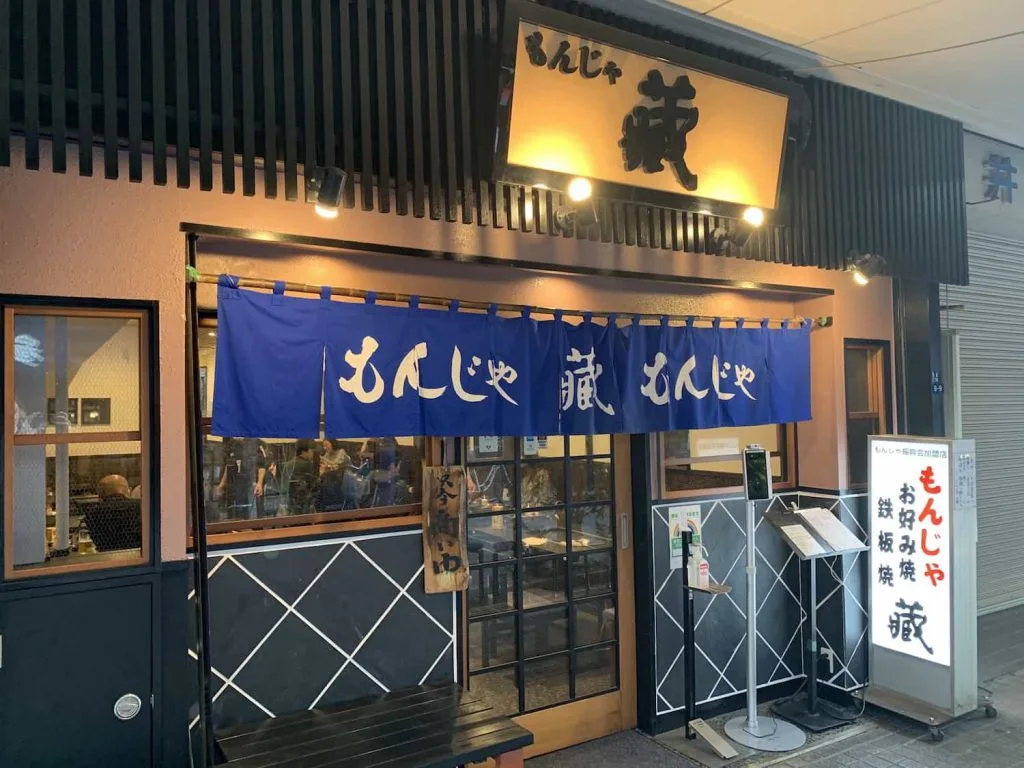
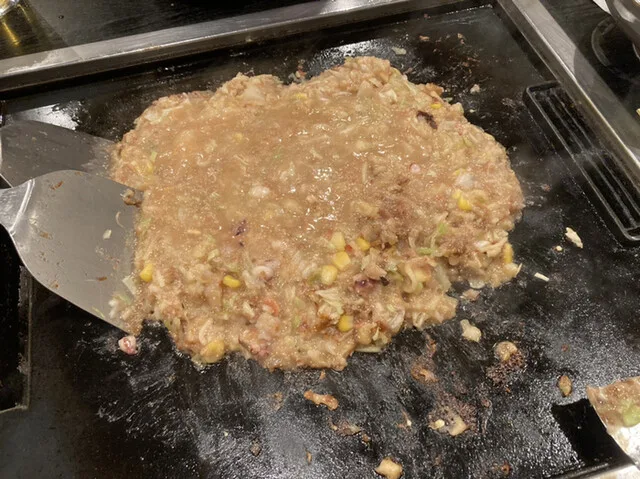
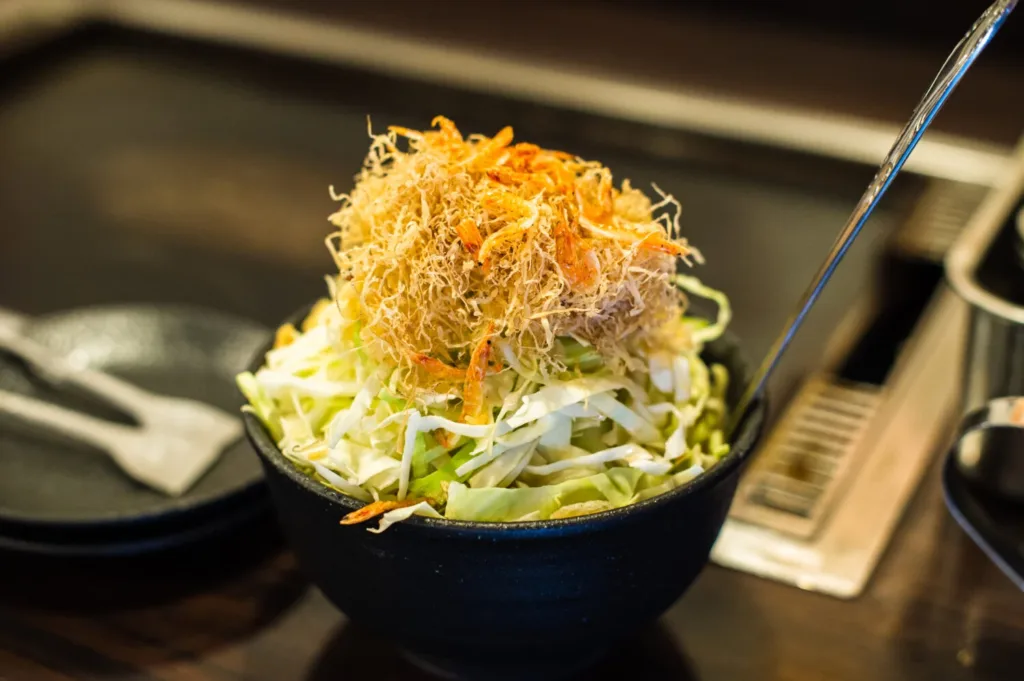
Map

It’s an extremely popular restaurant. The taste is really delicious, so I recommend it.

